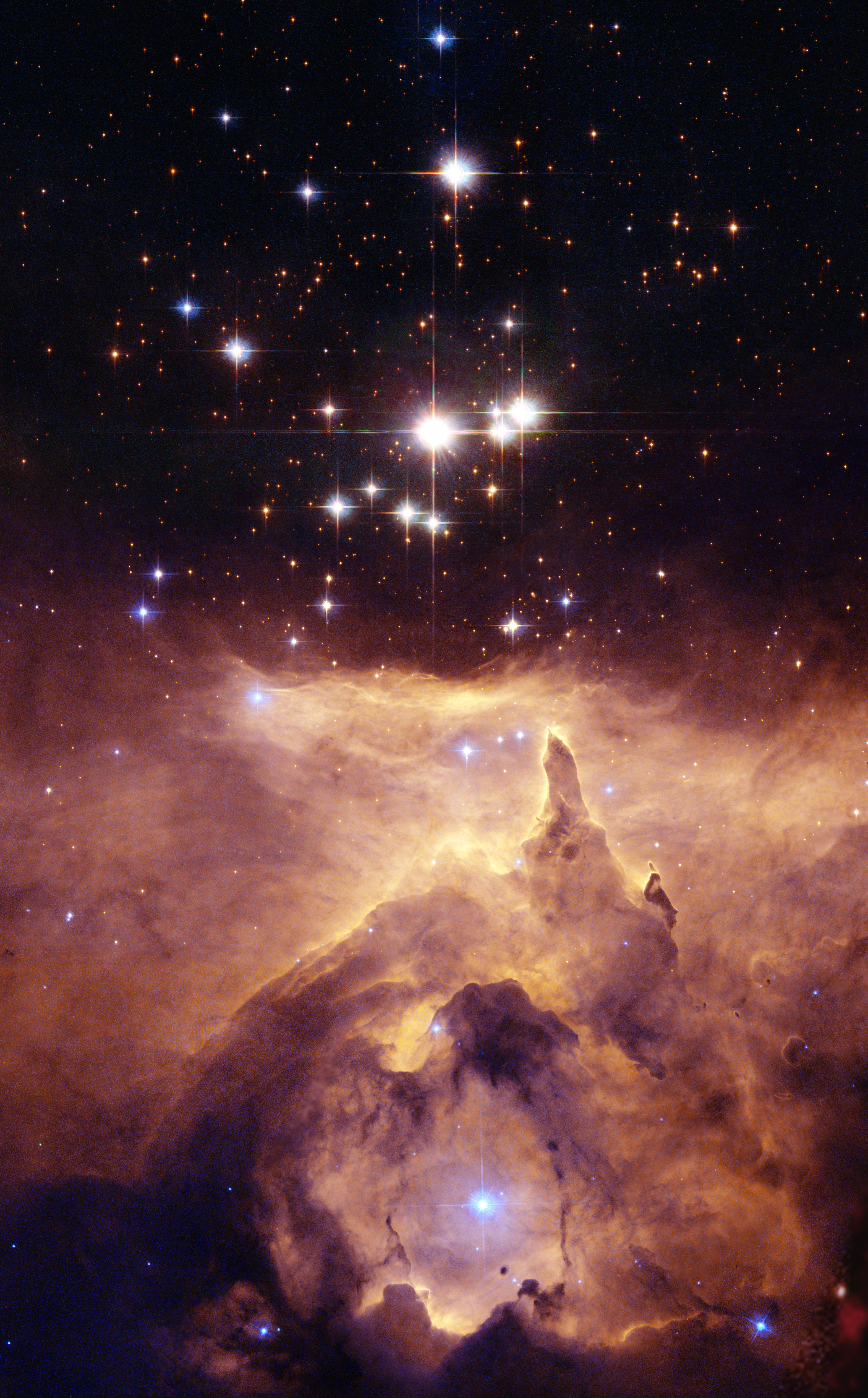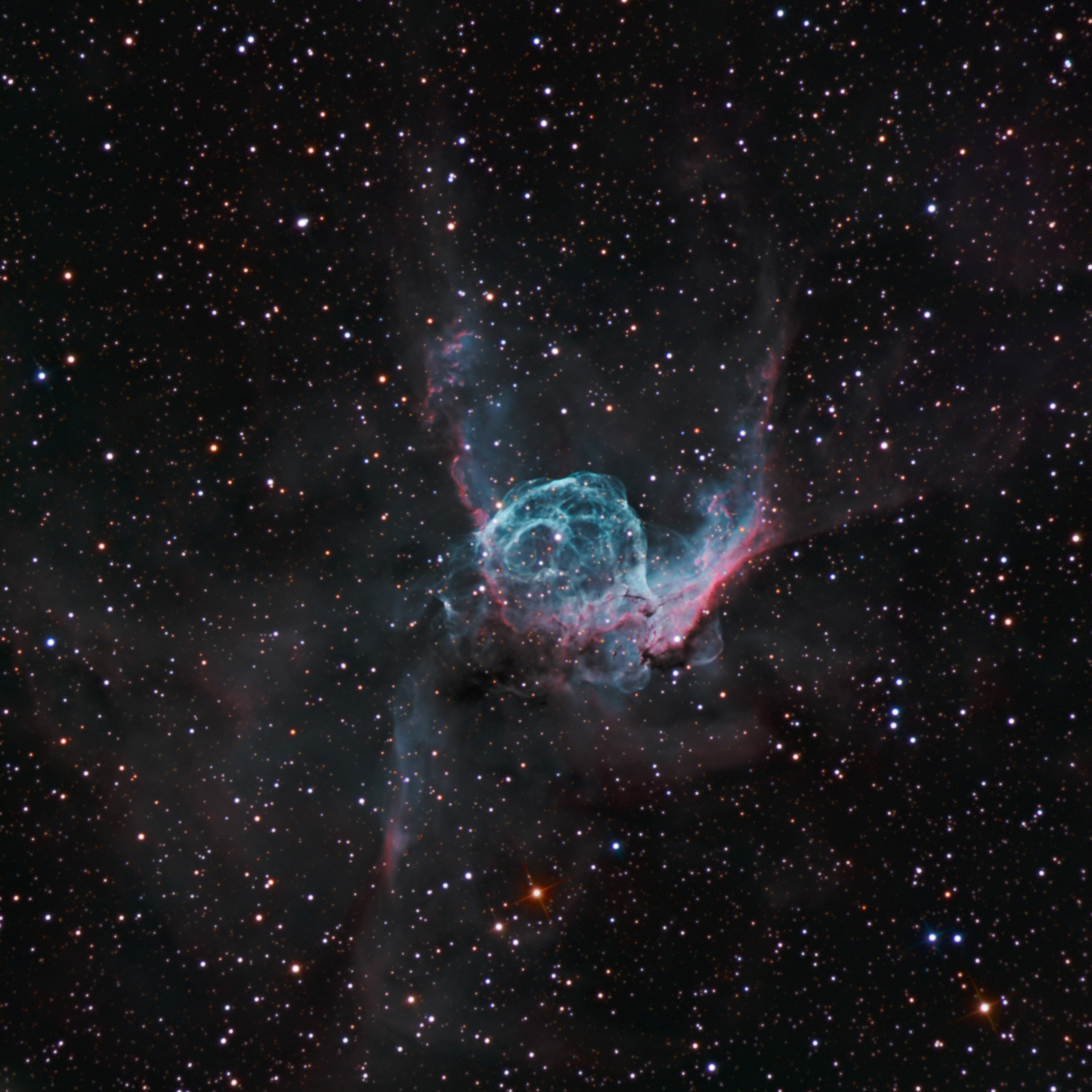Sunday 12 February 2017
Ring Nebula (Messier 57)
Messier 57 (M57) also known as the Ring Nebula, sits 2,300 light years away from Earth, in the constellation of Lyra and is roughly 1 light year in size. Its understood that the nebula would of once been a giant sun like star, before its outer shells where blown apart, as the star began its transformation into a white dwarf. The star at the center of the nebula is made up mostly of Carbon and Oxygen. It is roughly 200 times brighter than our own sun and has a surface temperature of around 125,500 ± 5,200 kelvin. The blue hue that surrounds the star is Oxygen gas that has been ionized by the central star, whilst the red hue is a mixture of both Hydrogen and Nitrogen. The red wavy structures surrounding the nebula would have been the first layers of material ejected from the star, as it began to evolve into a white dwarf.
The nebula was first discovered by Antoine Darquier de Pellepoix, who was a french astronomer, in January 1779. The nebula was first photographed by the Hungarian astronomer Eugene von Gothard in 1886.
This image above is composed of visible light data took from the Hubble Space Telescope and infrared data collected from the ground based Large Binocular Telescope in Arizona.
Monday 6 February 2017
NGC 6357

NGC 6357 is a gigantic cloud of interstellar gas and dust, made up of copious amounts of hydrogen, which makes it the perfect spot for star formation to take place. The nebula sits 8,000 light years away from Earth in the constellation Scorpius. The nebula is home to three popular know star clusters called G353.1 + 0.36, G353.2 + 0.7 and Pismis 24. Both star clusters, G353.1+0.36 and G353.2+0.7 hold around 1,600 stars. Pismis 24 is the third star cluster which contains various massive stars such as Pismis 24-1, which is estimated to be 300 times bigger than our own Sun and can be seen in the image above, near the center of the nebula.
The image above was captured by the Hubble Space Telescope.
Thursday 2 February 2017
Thors Helmet- NGC 2359

NGC 2359 sometimes referred to as Thors Nebula, is the title of a nebula located 12,000 light years away from Earth, in the constellation Canis Major. The nebula is roughly 35 light years in length and holds a huge Wolf Rayet Star at its center. This Wolf Rayet Star is massive, it has completely burnt off its outer layer of hydrogen and has left helium and heavier elements fusing in its core. It is estimated to have a surface temperature between 30,000 and 250,000 kelvin and is calculated to be thousands of times brighter than our own Sun. Stellar winds emitted from the central star distort and shape the gas that surrounds it. The image above was captured at the Sierra Remote Observatory in California.
Subscribe to:
Posts (Atom)

